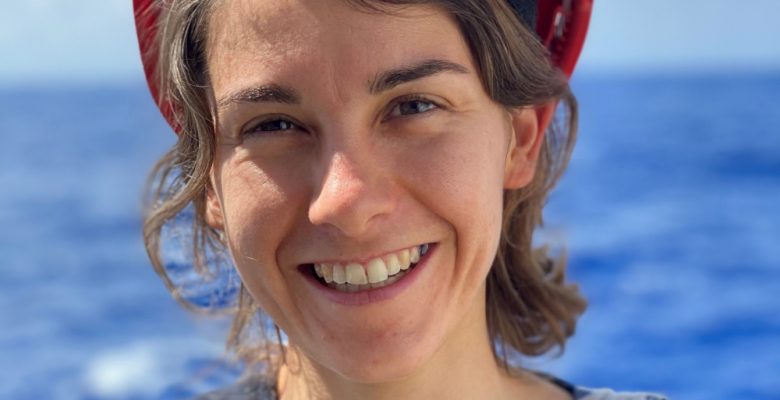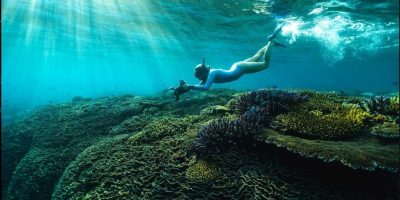Since her thesis was obtained between France and Belgium in 2017, Nolwenn Lemaitre is a post-doctoral fellow in Switzerland where she works on the stable isotopes of trace metals (copper, nickel and zinc) in seawater. She has just obtained a European grant to evaluate the importance of sediments as a source of these trace metals in the ocean.
Research on biogeochemical cycles of trace metals in the ocean
Nolwenn Lemaitre obtained her PhD in 2017, under the joint supervision of LEMAR Brest (Laboratoire des Sciences de l’Environnement Marin) and the Vrije Universiteit Brussels.
Since then, she has been working as a postdoctoral fellow at ETH Zurich (Switzerland), where she studies the stable isotopes of trace metals (copper, nickel and zinc) in seawater.
These trace metals are essential for the development of phytoplankton. They regulate the removal of CO2 from the atmosphere and thus contribute to climate control.
However, despite their importance in the ocean, the complex biogeochemical cycles of these metals are still very poorly described. The use of their isotopes is innovative and crucial to study these biogeochemical cycles in detail. They reveal sources, sinks and interactions with biology and transport via water bodies. The few studies using these geochemical tools have shown that the oceanic budgets of copper, nickel and zinc are not balanced, suggesting that sources and/or sinks have yet to be discovered.
A European grant to assess the importance of sediments as a source of metals in the ocean
Nolwenn Lemaitre has just obtained European funding through the Marie Skłodowska-Curie Actions (MSCA) scheme, which allows her to return to France at LEGOS (Laboratoire d’Etudes en Géophysique et Océanographie Spatiales) at the Midi-Pyrénées Observatory in Toulouse.
Her project – IsoMargin – is about the role of sediments as a source of copper, nickel and zinc to the ocean.
The importance of this sedimentary source, especially near the margins, has recently emerged as the solution to balance the budgets of other chemical elements such as iron, silica or rare earths. The few isotopic studies on the three trace metals of interest also support this view.
With the IsoMargin project, Nolwenn aims to:
- To track and quantify the input of copper, nickel and zinc to the ocean via margin sediments. To do this, it will use dissolved, particulate and sediment samples from the recent SWINGS sea campaign (January-March 2021).
- Identify the processes that release these trace metals during sedimentary dissolution. To do this, she will conduct dissolution experiments under controlled conditions in the laboratory. These samples will be subjected to various chemical analyses and will also lead to collaborations to obtain omic and thermodynamic information.
- Review the ocean budgets for copper, nickel and zinc, including the flux and isotopic signature of margin sediments in the overall calculation.


